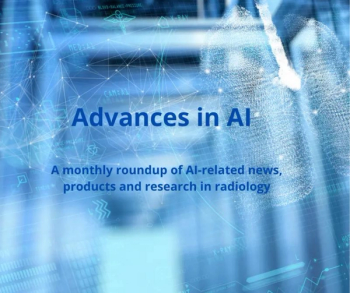
Catch up on the top AI-related news and research from the past month.

FIRMM-pix, a brain magnetic resonance imaging (MRI) software module recently launched at the International Society for Magnetic Resonance in Medicine (ISMRM) conference, reportedly employs visual biofeedback and gamification that coaches patients to stay still during brain MRI exams.

Catch up on the top AI-related news and research from the past month.
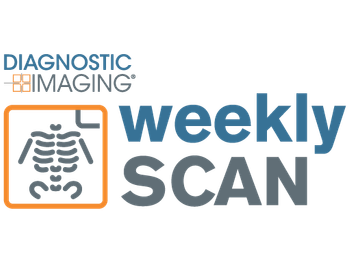
Catch up on the top radiology content of the past week.
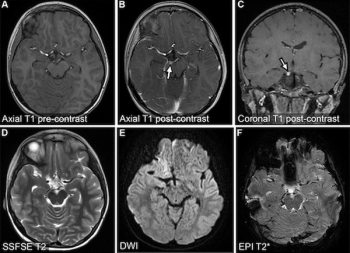
In a recently published review, radiology researchers from the University of Wisconsin discussed the potential and key considerations for applying accelerated magnetic resonance imaging (MRI) protocols in the assessment of emergent and urgent conditions.
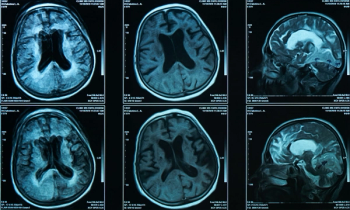
Through artificial intelligence (AI), Neurophet AQUA reportedly provides segmentation and analysis of brain magnetic resonance imaging (MRI) for possible brain atrophy in five minutes.

Catch up on the top radiology content of the past week.

The artificial intelligence (AI)-powered Neuro Suite reportedly enables radiologists to access leading neurological AI algorithm solutions in the field, including the brain magnetic resonance imaging (MRI) segmentation capabilities of the Combinostics’ algorithm that can help differentiate degenerative pathologies such as Alzheimer’s disease and dementia.
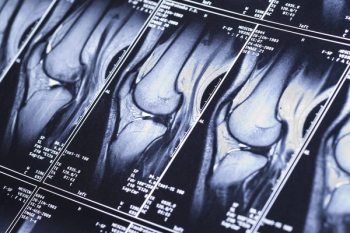
Researchers suggested that overnight use of a power-save mode on outpatient magnetic resonance imaging (MRI) devices in the United States could reduce annual energy consumption by 76,288.2 megawatt hours (MWh) and add up to $10.7 million in cost savings.
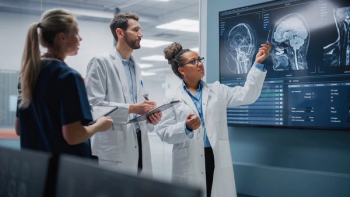
Lamenting a lack of control over imaging requests from referring clinicians, this author suggests that a more collaborative approach between referrers and radiologists may facilitate more efficient use of imaging.

Catch up on the top radiology content of the past week.

In a recent lecture at the American Roentgen Ray Society (ARRS) 2023 Annual Meeting, Andrew Callen, M.D., discussed a variety of imaging features associated with cerebrospinal fluid (CSF) leaks, the diagnostic utility of the Bern score as well as the merits of 3D T2FS MRI and dynamic computed tomography myelography.

Catch up on the top radiology content of the past week.
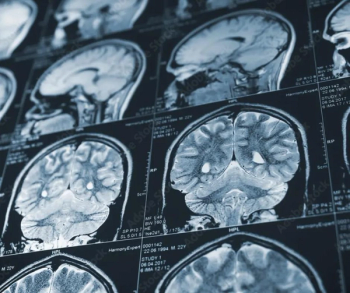
Researchers found that higher shift volumes, longer imaging interpretation times and weekend work were significantly associated with increased errors in neuroradiology.

In the study of 119 patients who had endovascular treatment for intracranial atherosclerotic stenosis, multivariable analysis revealed that post-op ischemic brain lesions on diffusion-weighted magnetic resonance imaging (MRI) were 3.6 times more likely to occur in patients who smoke cigarettes and 2.9 times more likely in patients who had multiple operative attempts.

Catch up on the top AI-related news and research in radiology over the past month.

Catch up on the top radiology content of the past week.
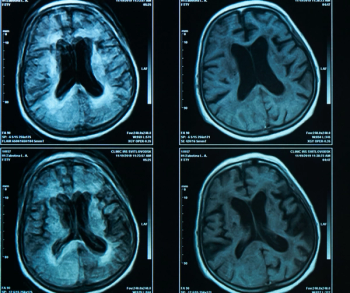
In a review of 555 neuroimaging-based artificial intelligence (AI) models for the diagnosis of psychiatric disorders, researchers found that nearly 72 percent of the AI models had an inadequate sample size and over 99 percent were insufficient at handling data complexity.

Catch up on the top radiology content of the past week.
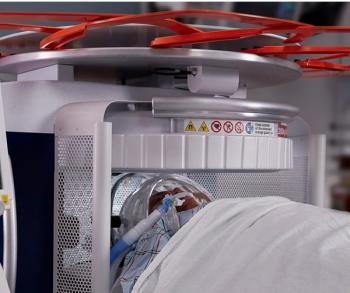
The new software for the Swoop® Portable MR Imaging system reportedly enhances the signal-to-noise ratio for diffusion-weighted imaging (DWI) sequences by 42 percent in comparison to the previous software.

Catch up on the top AI-related news and research in radiology over the past month.

Catch up on the top radiology content of the past week.
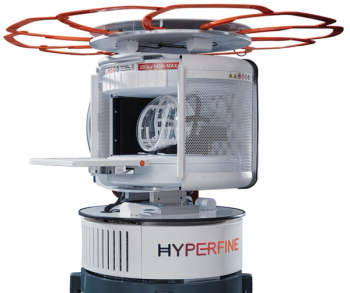
The upgraded, artificial intelligence (AI)-enabled software for the Swoop® Portable MR Imaging System reportedly enhances the device’s signal-to-noise ratio for diffusion-weighted imaging (DWI) sequences.

Catch up on the top radiology content of the past week.

In a study of over 9,000 children that examined structural magnetic resonance imaging (MRI) data as well as parent and child self-reporting of adversity-related measures, researchers found that greater exposure to adversities for Black children was linked to lower gray matter volume in the amygdala and multiple subregions of the prefrontal cortex in comparison to White children.

Check out the top radiology content of the past week.

Catch up on the most well-read magnetic resonance imaging (MRI) articles from 2022.